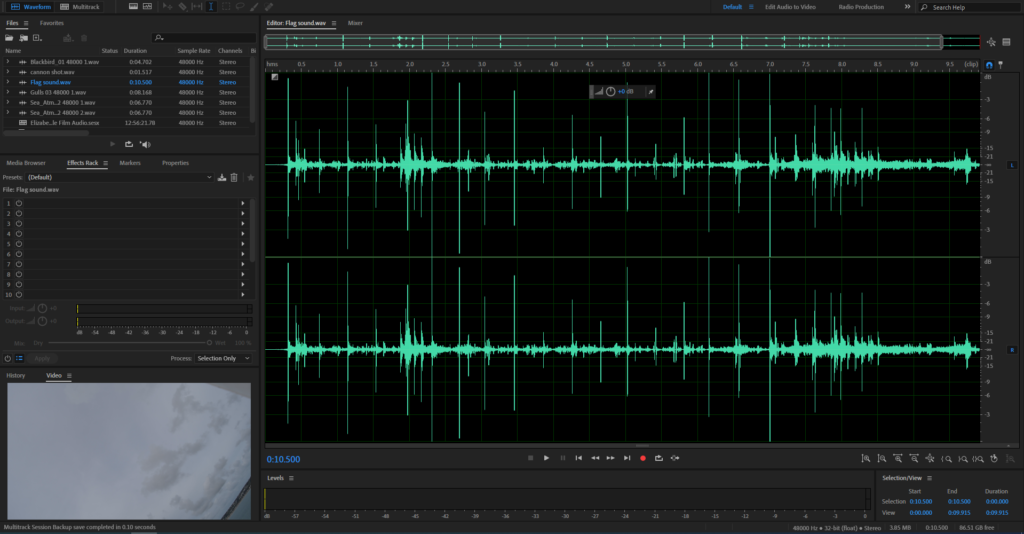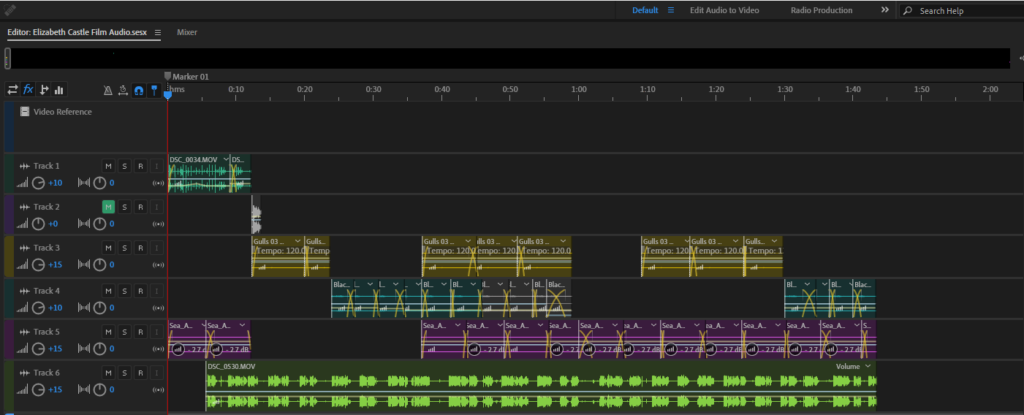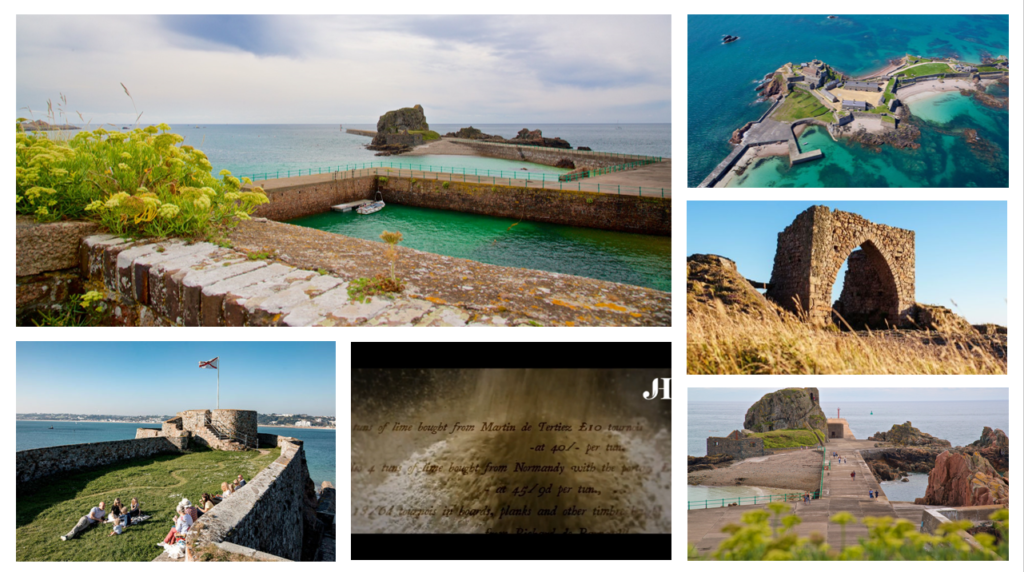Home:
Overall, I don’t think this project was my best work, as I wasn’t very happy with the images that I produced as they didn’t demonstrate what I am capable of. Taking still life images was new to me which is why I think my images didn’t come out very strong. I did enjoy recreating the work of Mary Ellen Bartley which was later on in the project where I had a better understanding of how to arrange the objects to make them look appealing and draw the viewer in.

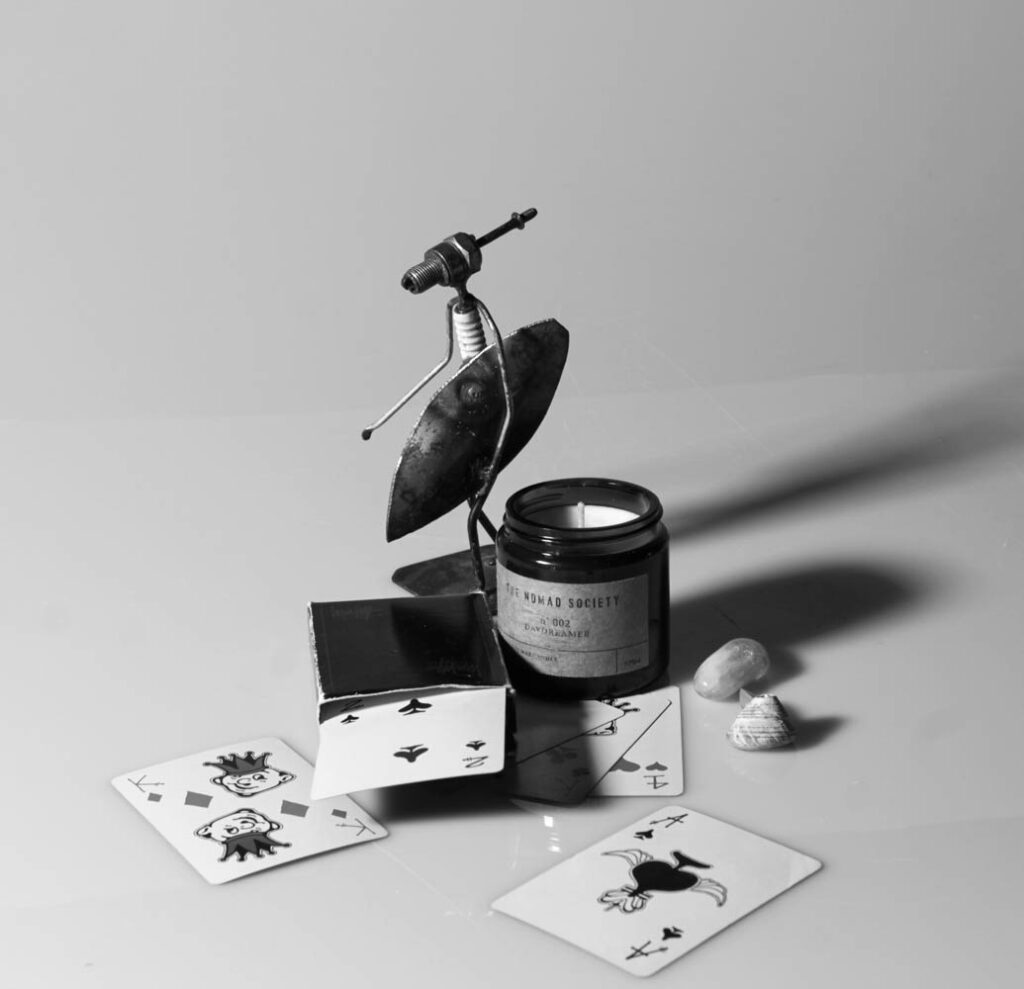
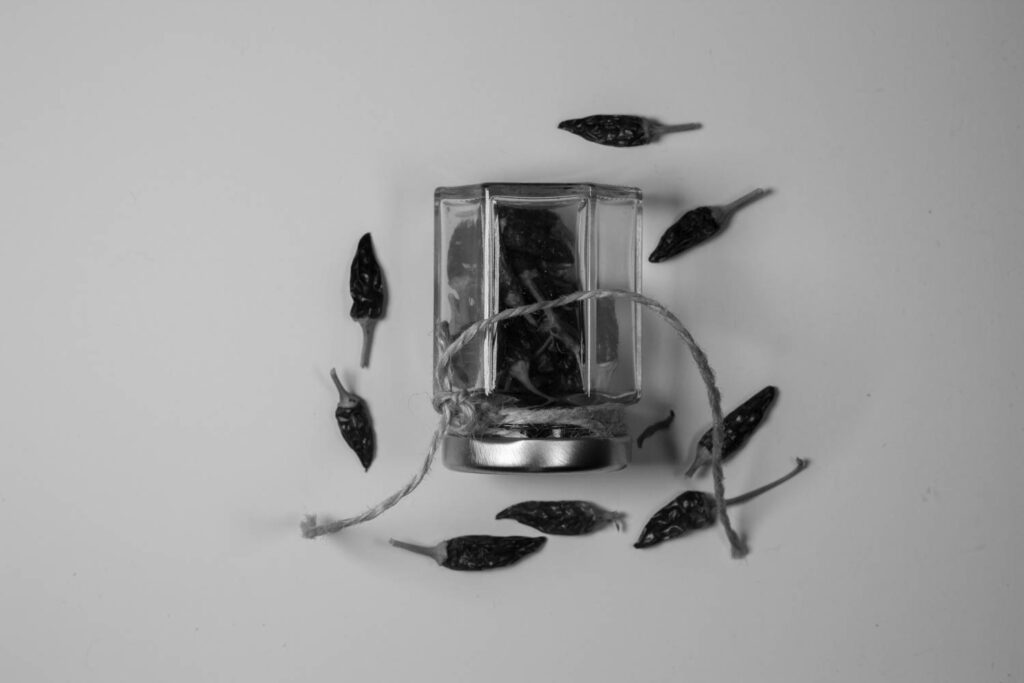

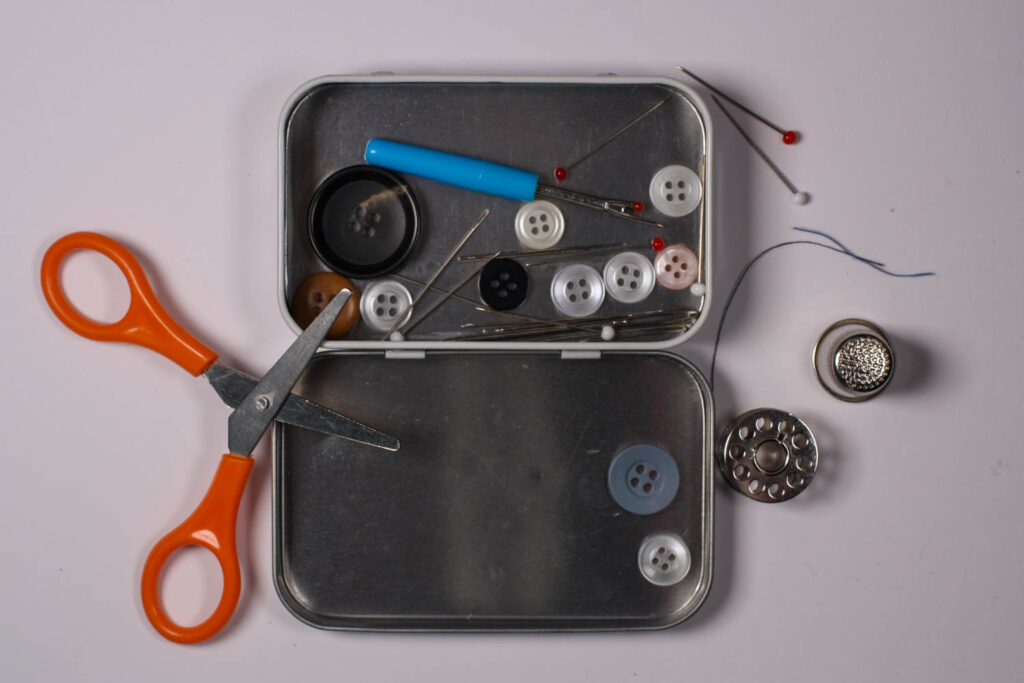






Romanticism:
I feel my romanticism project had a one strong photoshoot that linked well to the theme of romanticism, on the other hand I had one weaker photoshoot which only had a few images linking back to romanticism. I enjoyed exploring the beauty in rural landscapes.






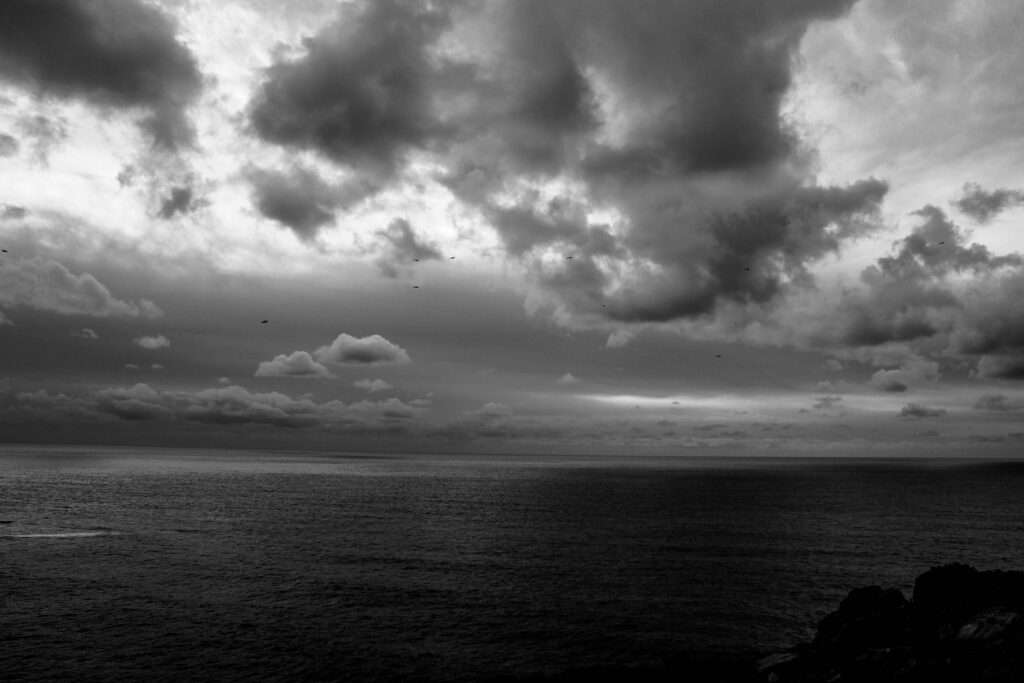

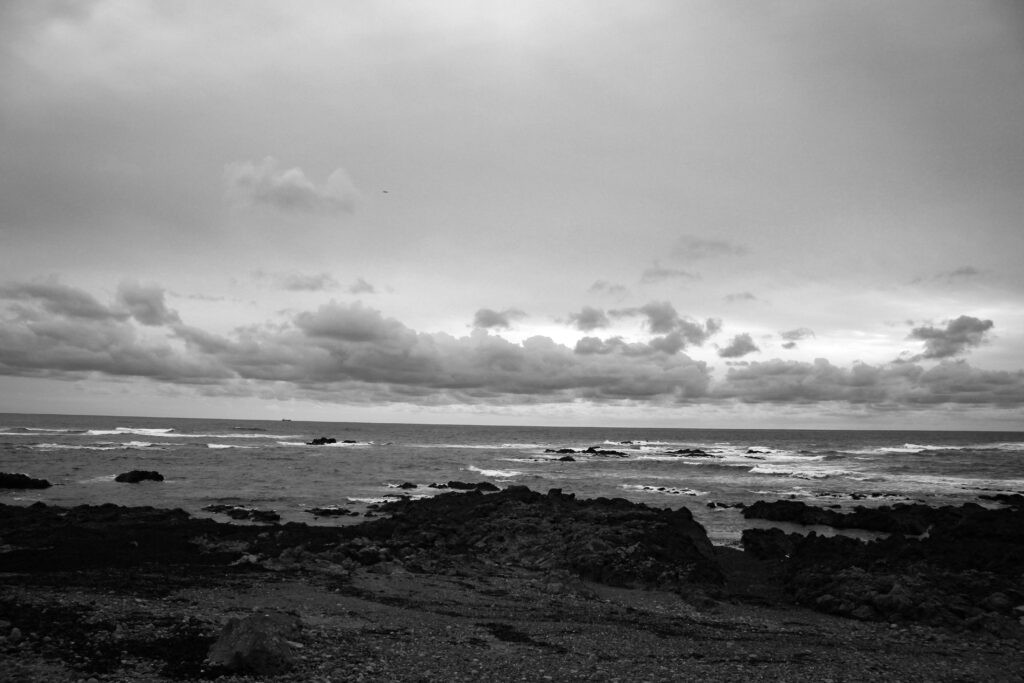


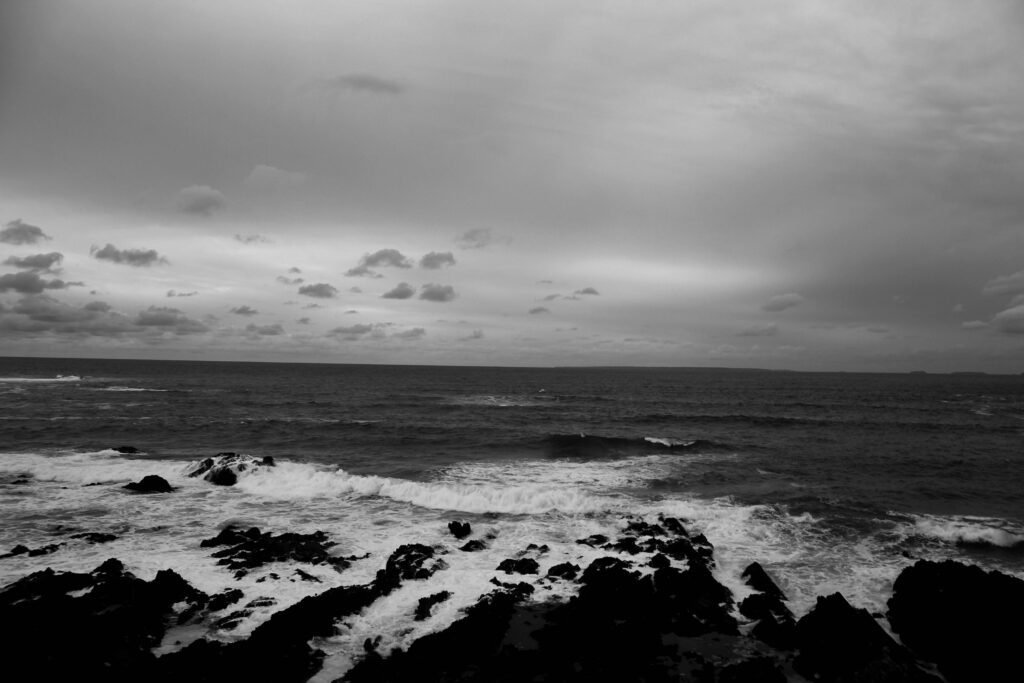
Anthropocene:
This is one of my favourite projects that I have completed. I took inspiration from David Maisel project ‘The Mining Project’ as I felt they best related to the theme of Anthropocene. I took my images of Ronez Quarry as it shows that the landscape has and still is being drastically changed. The images I took at Ronez are stronger than the ones I took at Sorel Point as you get a birds eye view of the quarry. However, it was quite frustrating that I wasn’t able to get the view of the quarry I wanted due to restrictions. If I had a drone, I would of been
able to get better shots of the quarry.







Femininity:
For my femininity shoot, I used Justine Kurland’s ‘Girl Book’ project as inspiration. I was happy with how my images came out as they linked strongly to Kurland’s project and the theme of femininity. However my final outcomes could of been better if I had more than one model in my images.
























